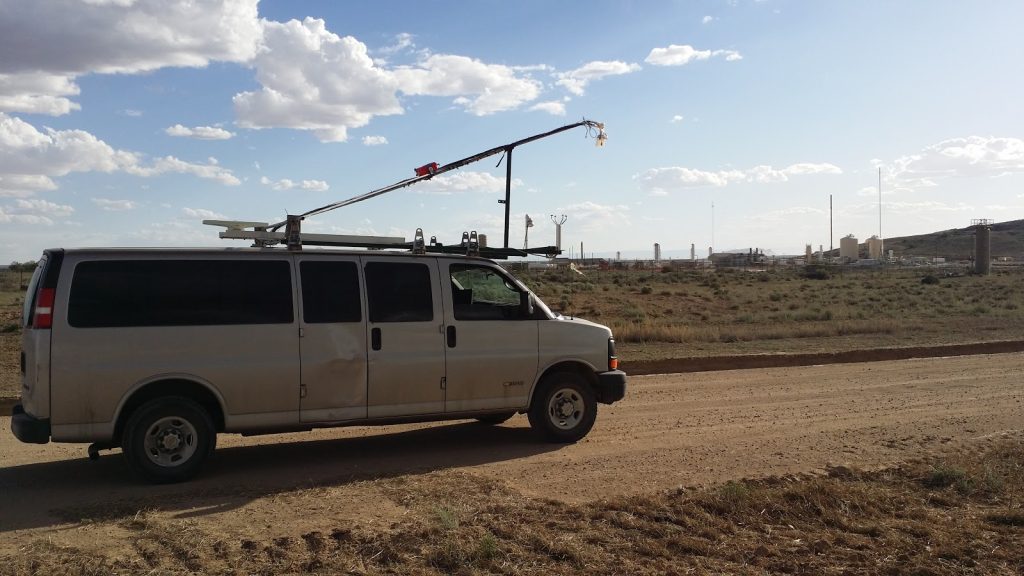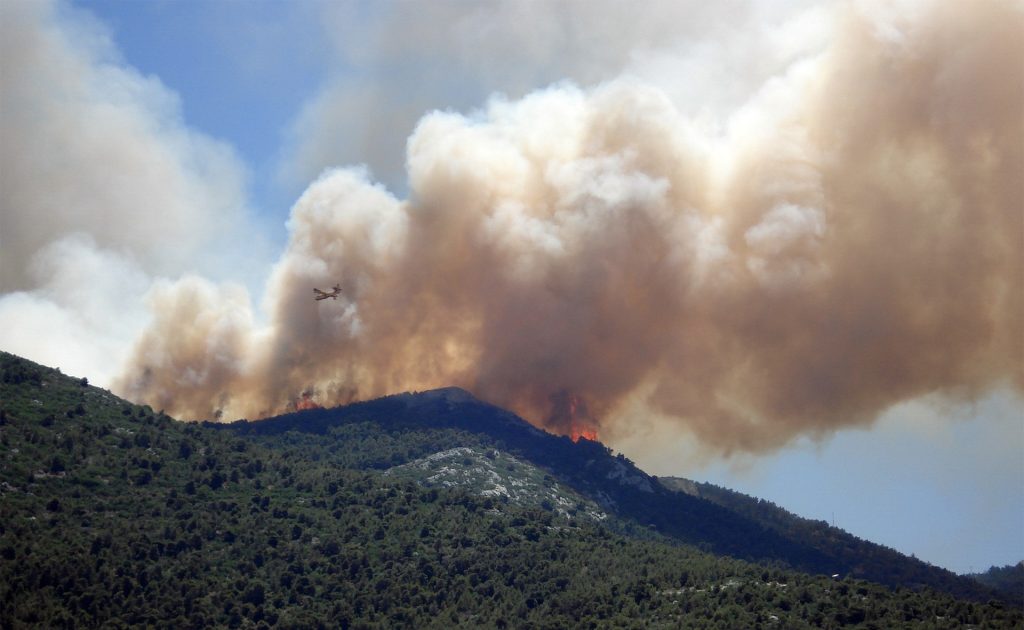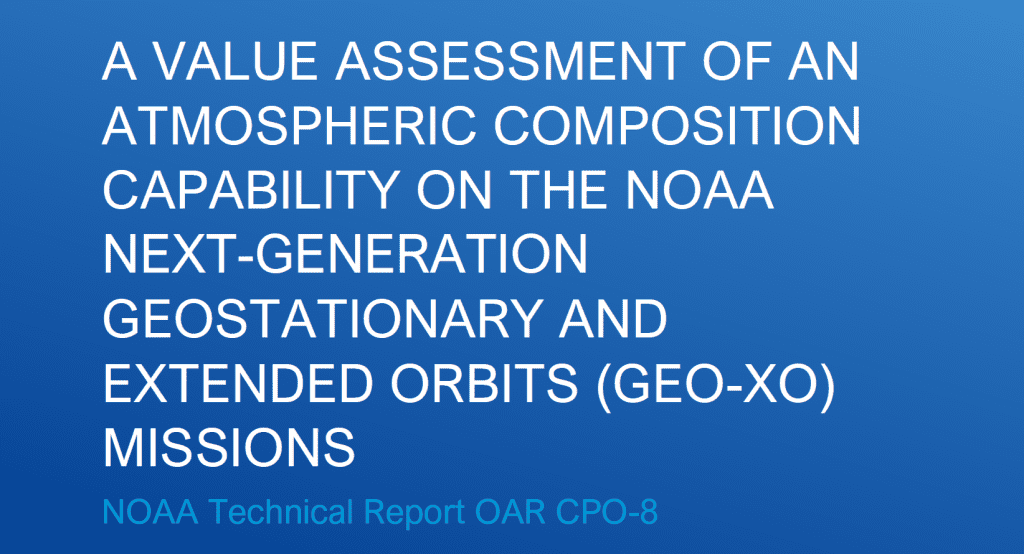Plant Physiology Plays Major Role in Ozone Uptake
New study supported in part by CPO’s Atmospheric Chemistry, Carbon Cycle, & Climate program finds plant damage (including crop damage) from ozone may be greatest in years with high plant production, not necessarily years with high ozone.
Plant Physiology Plays Major Role in Ozone Uptake Read More »











